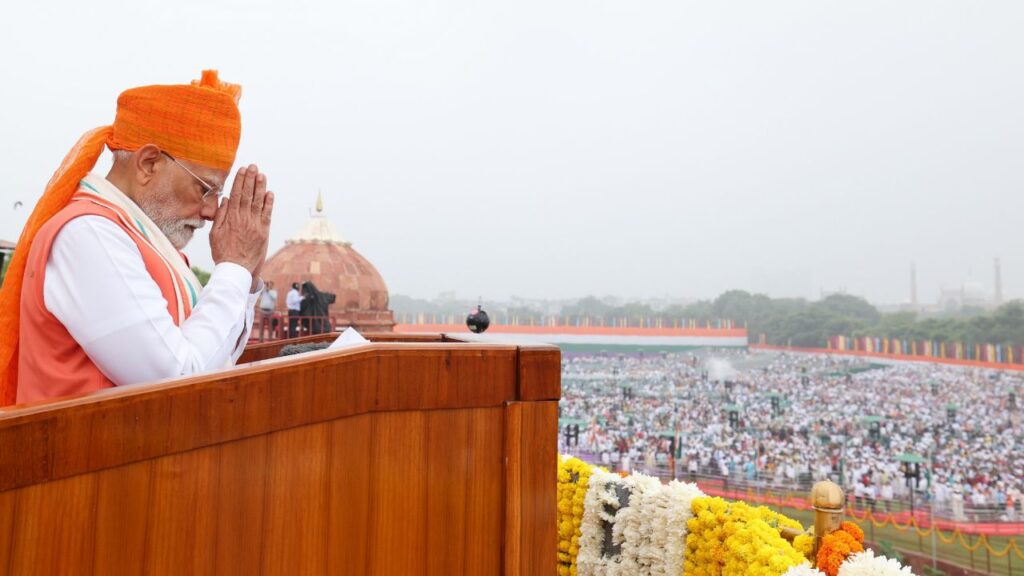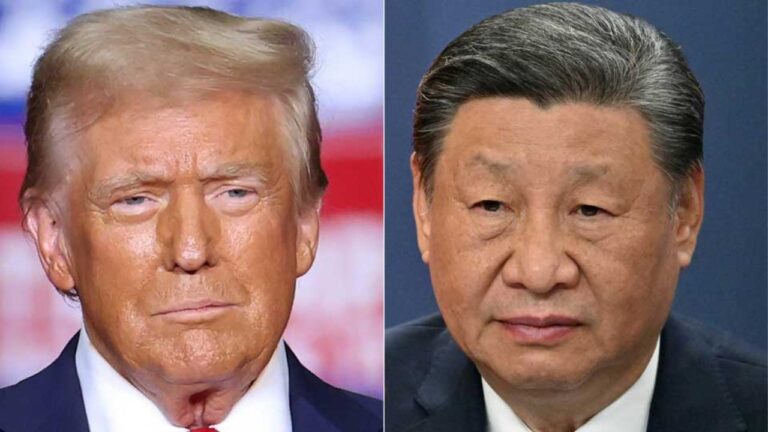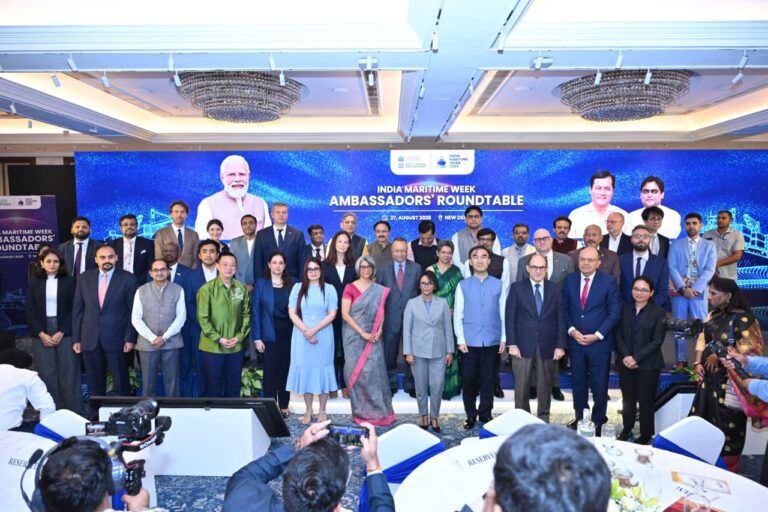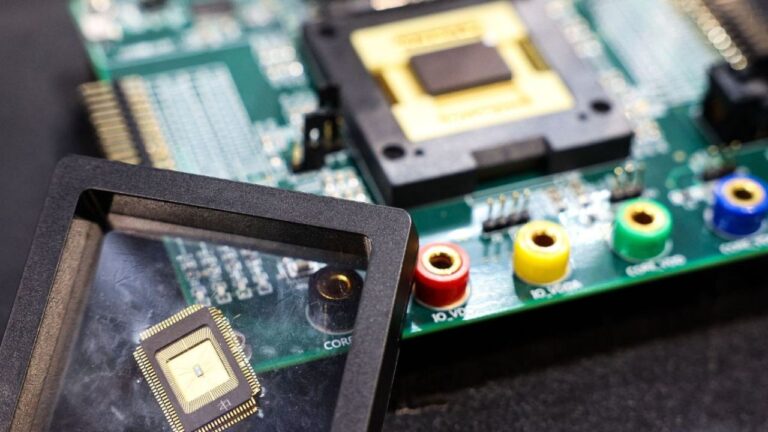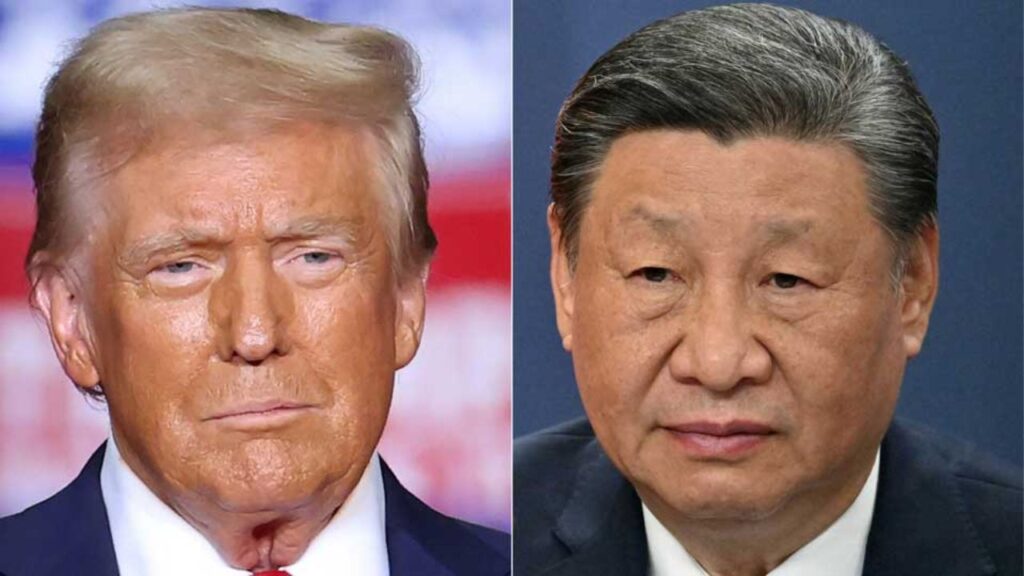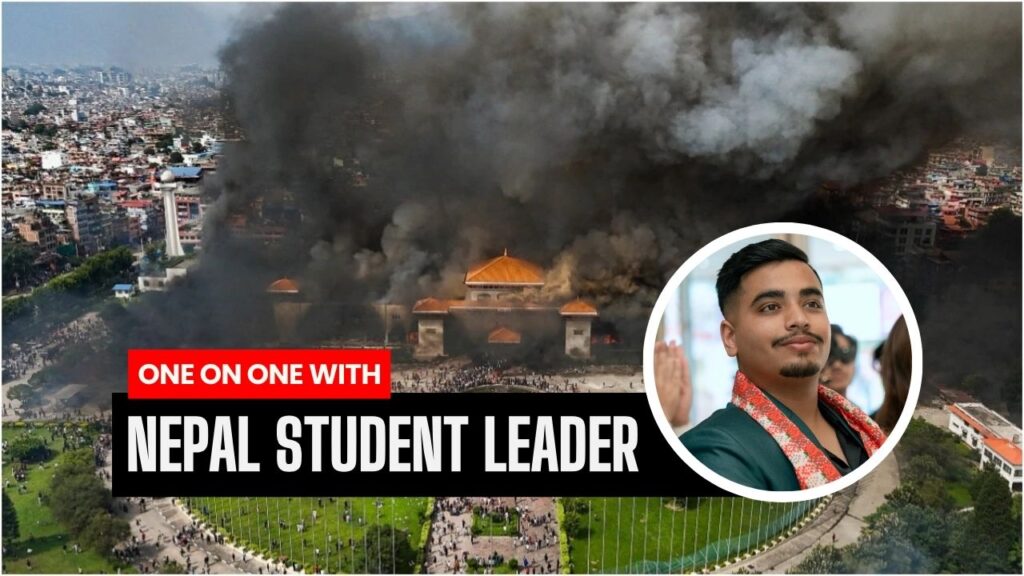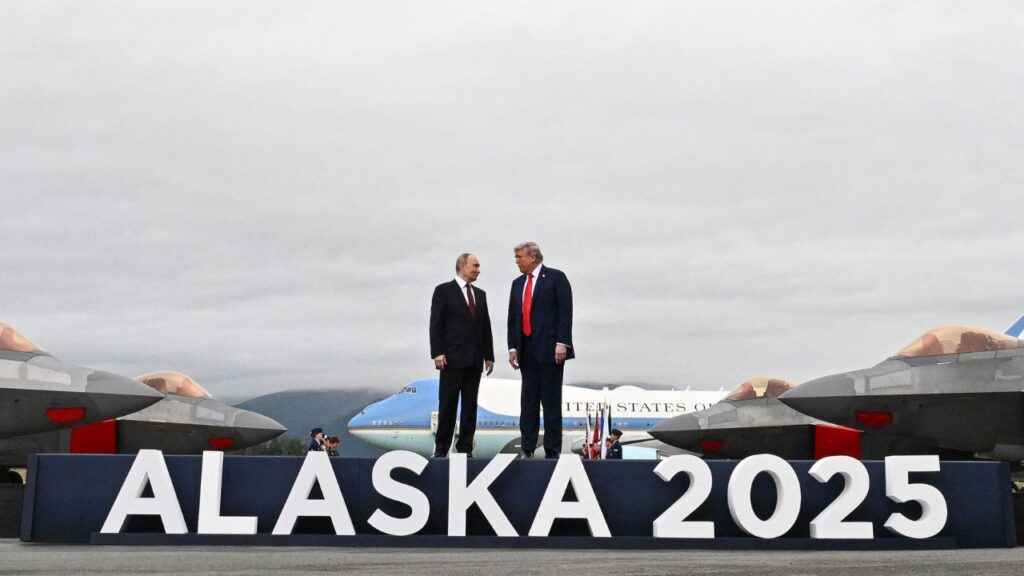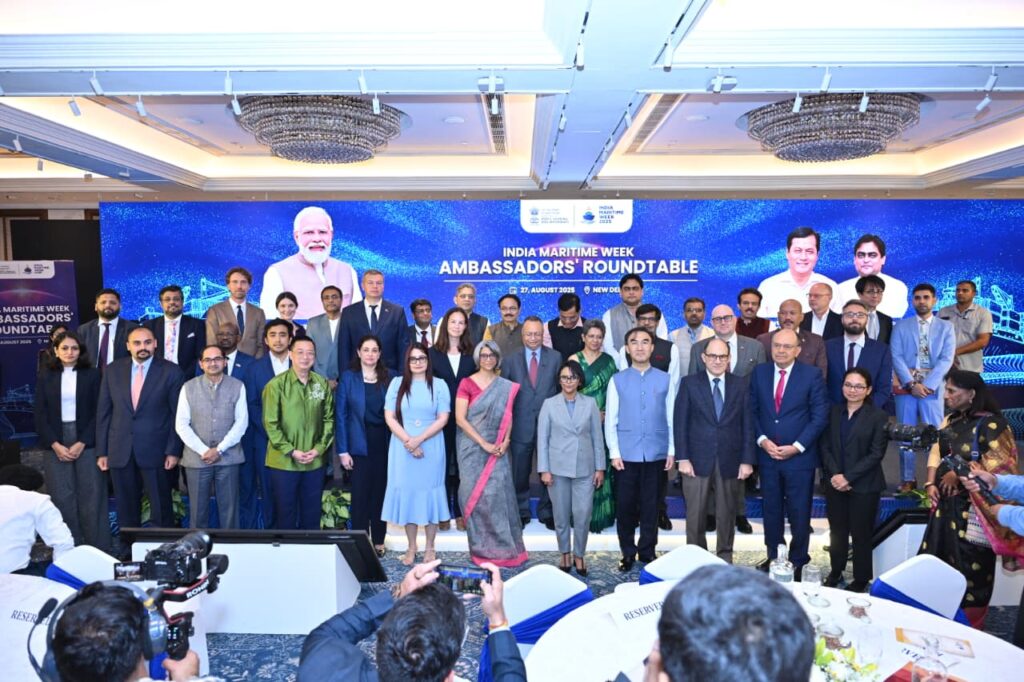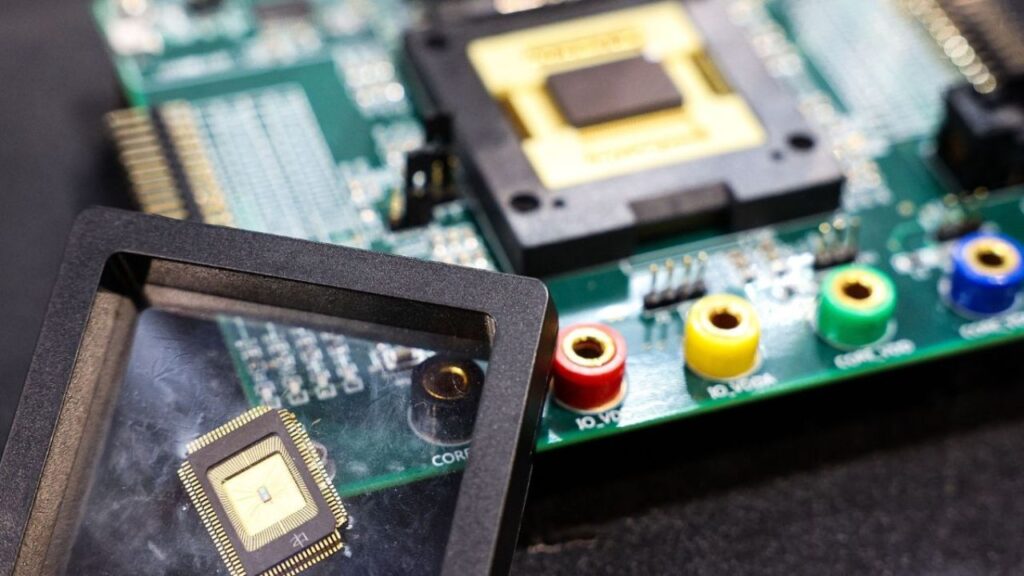On the occasion of India’s 79th Independence Day, Prime Minister Narendra Modi delivered his 12th consecutive address from the Red Fort, marking his longest speech to date at 103 minutes. The speech, themed around “Naya Bharat,” outlined an ambitious vision for a Viksit Bharat (Developed India) by 2047. Reflecting on India’s transformation, PM Modi highlighted the nation’s journey from dependence to self-reliance, positioning India as a resilient and advanced global player.
Amid a turbulent global economy characterized by unpredictability and protectionist tariff measures, India faces significant challenges. PM Modi emphasized the urgency of self-reliance, promoting the “Made in India” initiative and strengthening national security. His address positioned India not just as a participant in global trade but as a nation focused on reducing vulnerabilities, building indigenous capacities, and shielding its growth from external economic pressures.
PM Modi underscored self-reliance as a cornerstone of India’s strategic autonomy, citing Operation Sindoor as a testament to the nation’s capabilities. “Dependence on others raises questions about a nation’s independence,” he said. “It is unfortunate-when dependence becomes a habit, it turns dangerous. Self-reliance is not merely about exports, imports, the rupee, or the dollar—it is about our ability to stand on our own.”
Reflecting on missed opportunities in the past, PM Modi noted that attempts to establish semiconductor manufacturing in India 50–60 years ago were stifled, while other nations surged ahead. To address this, he announced that India’s first indigenously developed semiconductor chip will be rolled out in 2025, marking a significant step toward technological self-sufficiency.
In the energy sector, PM Modi revealed plans to open the nuclear industry to private players, unlocking new opportunities in energy and technology. This initiative includes the development of 10 new nuclear reactors, aligning with India’s goal to increase its nuclear power generation capacity tenfold over the next two decades. Additionally, he announced the National Deepwater Exploration Mission to harness ocean resources, alongside expansions in solar, hydrogen, hydro, and nuclear energy to reduce India’s dependence on imported petrol, diesel, and gas.
Drawing inspiration from India’s successful COVID-19 response, PM Modi called for a similar spirit of innovation in pharmaceutical development. He stressed the need to create new medicines, vaccines, and life-saving treatments entirely within India, bolstering the nation’s healthcare independence.
Addressing national security concerns, PM Modi highlighted the risks of demographic imbalances caused by infiltration and illegal migration in border areas. To tackle this, he announced the formation of a High-Powered Demography Mission to safeguard India’s sovereignty and security.
On the economic front, PM Modi launched a ₹1 lakh crore employment scheme aimed at benefiting 3 crore young Indians. Under this initiative, newly employed youth will receive ₹15,000 per month, strengthening the bridge from a free India (Swatantra Bharat) to a prosperous India (Samriddha Bharat).
Additionally, he introduced a Task Force for Next-Generation Economic Reforms to overhaul laws, rules, and procedures governing economic activity. These reforms include next-generation GST measures, set to be unveiled on Diwali 2025, which will reduce taxes on essential goods and provide relief to MSMEs, local vendors, and consumers.
In agriculture, PM Modi launched the PM Dhanya Dhanya Krishi Yojana, targeting 100 backward farming districts. This scheme complements existing support programs like PM-Kisan, irrigation initiatives, and livestock protection efforts, aiming to uplift rural economies and ensure food security.

